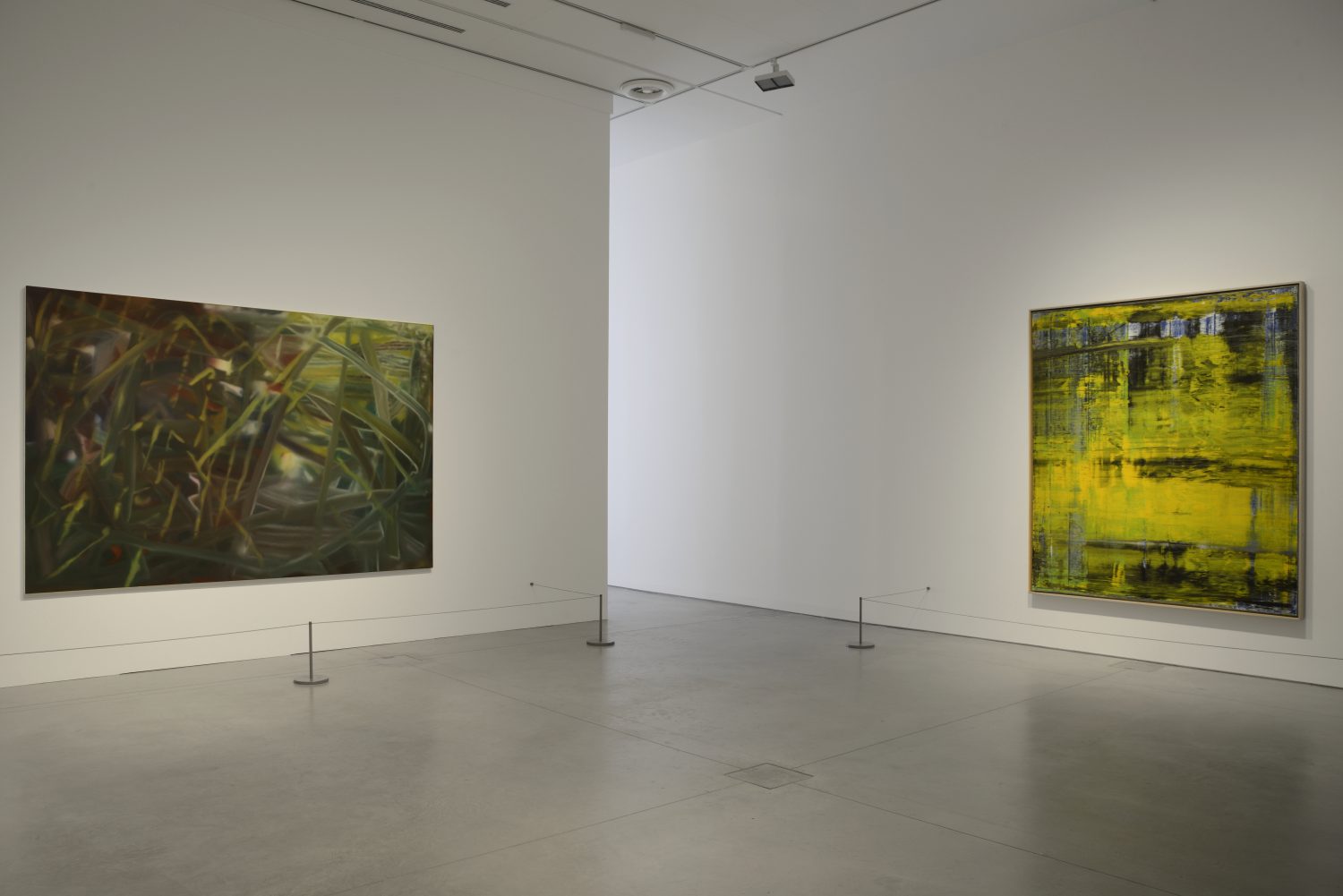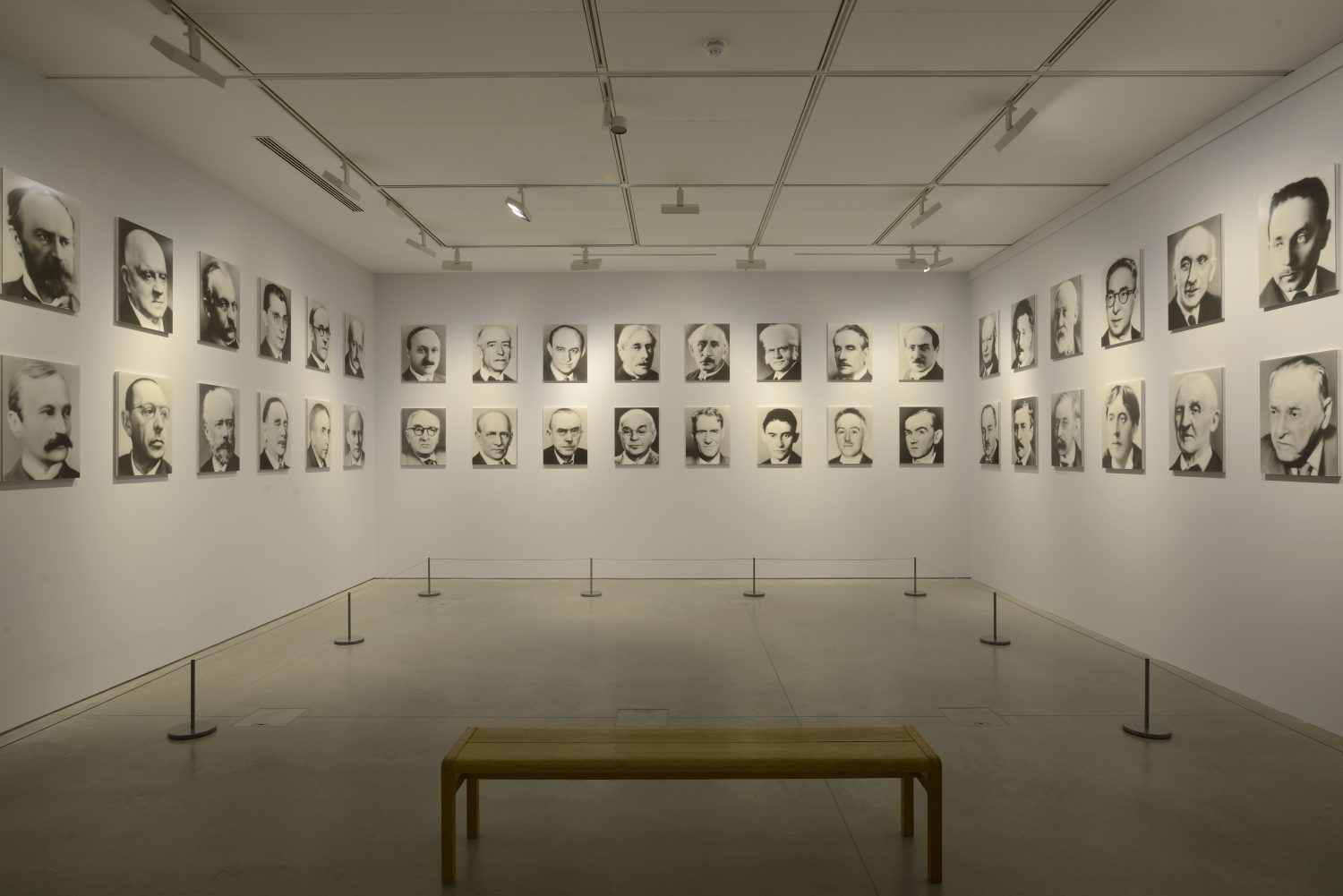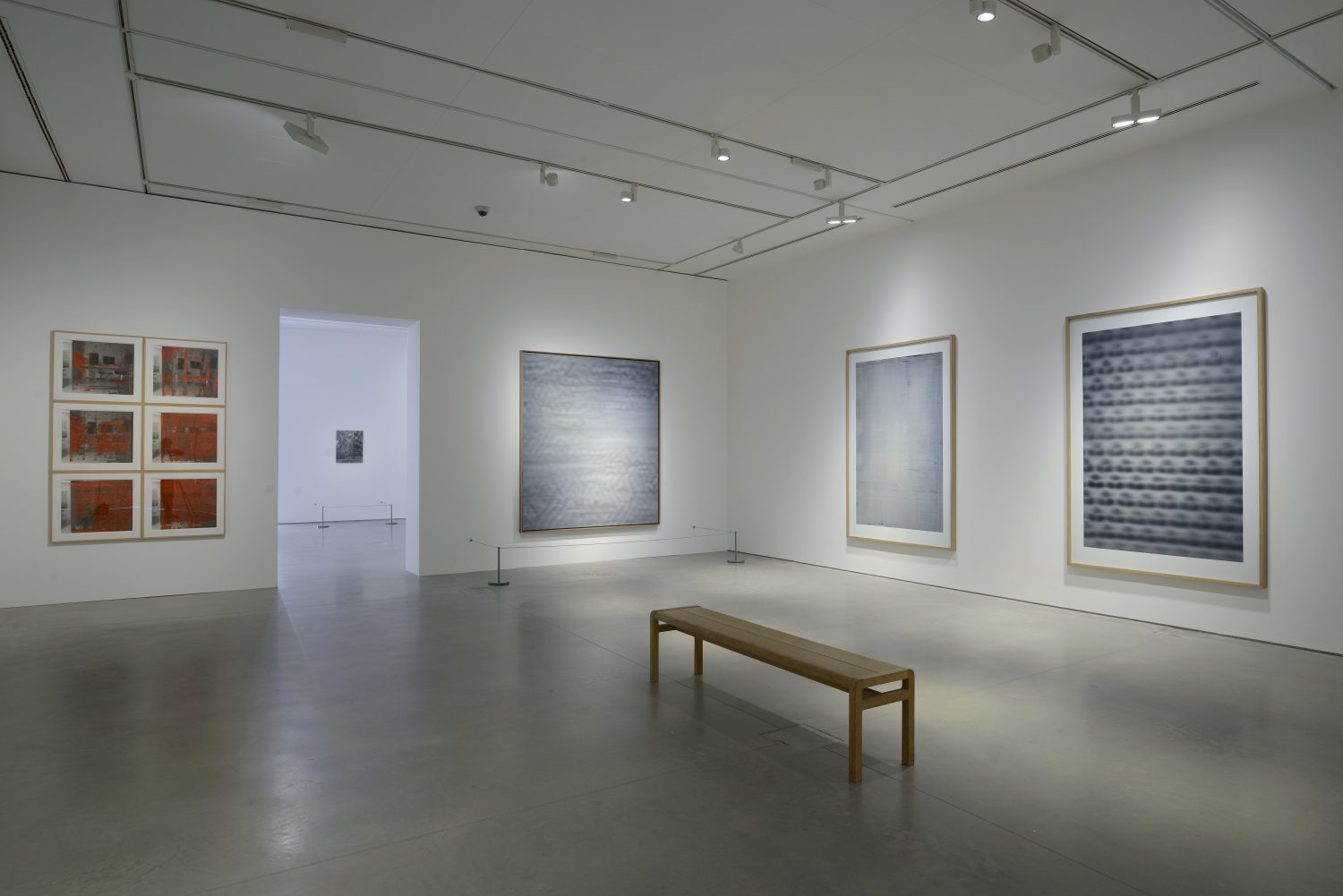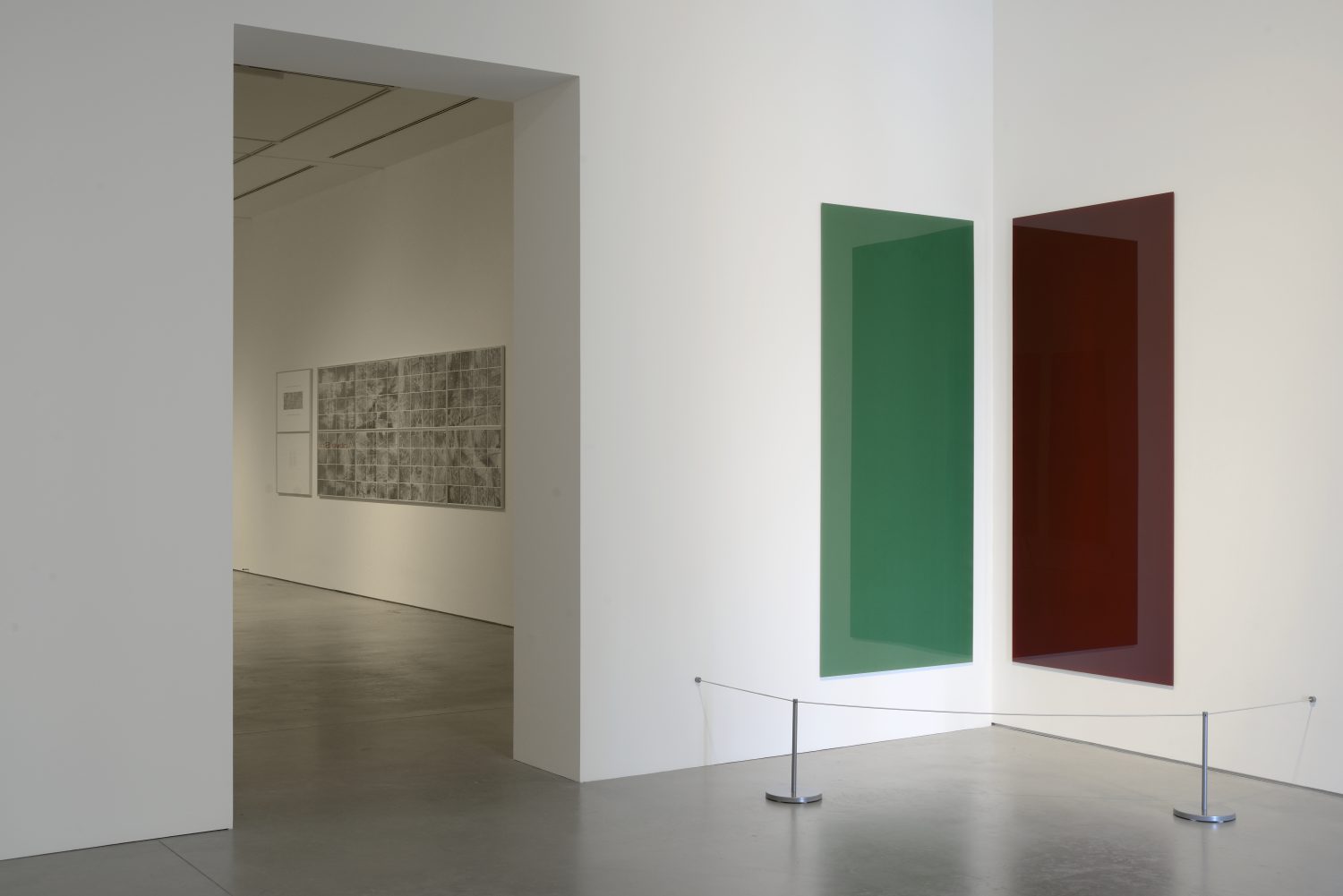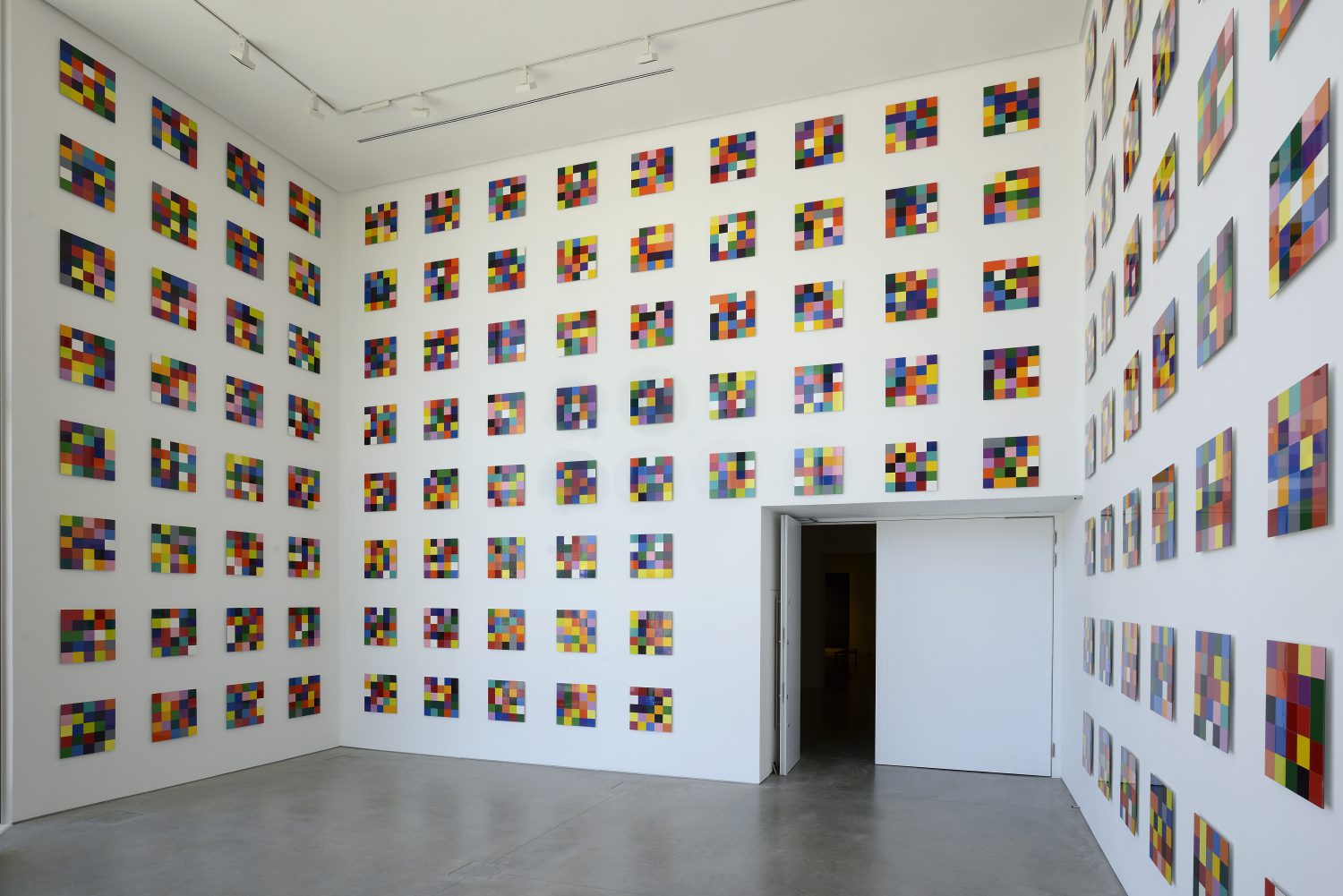John Hansard Gallery’s new expanded and purpose-built gallery at Studio 144 opens with a major exhibition by Gerhard Richter.
All spaces are devoted to Richter’s works drawn from the ARTIST ROOMS collection, and several aspects of the artist’s practice are represented, including painting, photography, print and tapestry. Gerhard Richter is one of the world’s most significant artists of the 20th and 21st centuries, and the exhibition is a serious examination of the artist’s work, bringing it to new audiences and demonstrating his immense ongoing influence and significance to subsequent generations of artists.
ARTIST ROOMS: Gerhard Richter is developed in association with ARTIST ROOMS and includes additional loans from Tate and Gerhard Richter’s personal collection. This exhibition draws from ARTIST ROOMS, a touring collection of over 1,600 works of modern and contemporary art by more than 40 major artists. The collection is displayed across the UK through a touring programme, supported by Arts Council England, Art Fund and Creative Scotland.
The exhibition opens with a series of works where Richter experiments with abstraction and the impact of photographic and digital reproduction. A group of four large tapestries, Abdu, Iblan, Musa, and Yusuf (all 2009), are based on Richter’s Abstract Painting (724–4) (1990). Each tapestry reproduces a quarter of the painting, mirroring it and repeating it four times to produce Rorschachlike visual suggestions. Abstract Painting No. 439 (1978) is presented together with its original sketch, Oil Sketch no.432/11 (1977), that Richter photographed, projected and reproduced as a careful facsimile, four times the size. With Abstract Painting (809–3) (1994), Richter has pressed, squeezed and scraped paint across the surfaces to form horizontal and vertical bands that are reminiscent of out of focus imagery and photographic motion blur.
Upstairs in the Gallery, Mirror Painting (Grey, 735–2), Corner Mirror, brown-blue (737–1, 737–2), Corner Mirror, green-red (737–2 A, 737–2 B) (all 1991), create a contemplative space where the viewer is reflected, silhouetted and brought into the picture plane. Corresponding with these, in Self-Portrait, Three Times, 24.1.90 (1990) and Self Portrait Standing, Three Times, 17.3.1991 (1991) Richter brings himself into the frame through a series of ghosted self-portraits within overpainted photographs of his studio. Abstract Painting (Silicate) (880–4), Abstract Painting (Grey) (880–3) (both 2002) and Abstract Painting (Skin) (887–3) (2004) continue with Richter’s consideration of patterns, visual vibrations and neutral space. Examples of Richter’s re-photographed works and editions behind glass, 14.Feb.45 (2002), Mustang Squadron (2005) and September (2009), further invite the viewer into the picture plane, becoming implicit within the history represented.
48 Portraits (1971–91) is a series of photographic facsimiles of black and white paintings of famous white men from the 18th and 19th centuries that Richter created for the German Pavilion at the 36th Venice Biennale in 1972. For its presentation at John Hansard Gallery, a series of 12 conversations by leading women academics will reflect on 48 Portraits and consider the portraits missing from this history. John Hansard Gallery associate artist collective, Stair/Slide/Space will work directly with visitors to develop an alternative series of portraits, reflecting the rich diversity of Southampton and creating an alternative vision of history.
The exhibition culminates with a spectacular presentation of 4900 Colours (2007) in the John Hansard Gallery’s new seven-metre tall prismshaped space that overlooks Southampton’s Civic Centre and Guildhall Square below. 4900 Colours is composed of 196 panels, each including 25 coloured squares. These panels are arranged from floor to ceiling in a manner that engulfs visitors in colour and corresponds with Richter’s Cologne Cathedral Window (2007).
